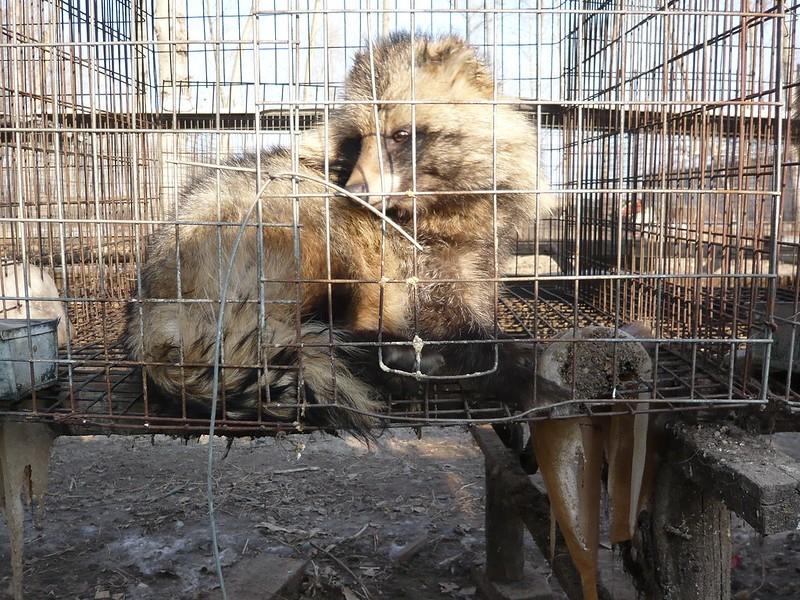Over the weekend, the World Health Organization (WHO) detailed conversations with Chinese researchers, its advisory group, and international researchers who found previously unknown SARS-CoV-2 sequences from the animal market outbreak epicenter on the GISAID database.
The new development comes against the backdrop of intense scrutiny on China, potential global impacts of its wildlife trade, and the possibility that the virus may have come from a lab in the same city where the outbreak began.
Scientists from China, elsewhere weigh in
The WHO said it first learned of the sequences on Mar 12, which prompted immediate discussions with the Chinese Center for Disease Control and Prevention (China CDC) and two top leaders of its Strategic Group for the Origins of Novel Pathogens (SAGO), which the WHO established in the fall of 2022 to examine the source of emerging and reemerging pathogens that have pandemic potential.
The sequences from samples collected at the Huanan Seafood Wholesale Market in Wuhan, China, in the early days of the outbreak recently appeared on GISAID and were downloaded by researchers from several countries before access was restricted, the WHO said in a statement.
Chinese officials told the WHO that the genomic sequences are part of a 2022 preprint that has been submitted for publication to Nature.
Later on Mar 12, the WHO arranged a call between China CDC and some of the international researchers who accessed the data to discuss the significance of the findings. On Mar 14, the WHO convened the full SAGO group and invited Chinese researchers to provide an updated analysis of their original data. The WHO also invited the international researchers to spell out their analysis of the temporarily posted sequences.
High levels of raccoon dog DNA
The new data were from environmental samples from stalls and wastewater at the market collected as early as January 2020. Along with SARS-CoV-2, some samples contained human DNA as well as mitochondrial DNA from several animal species, including some known to be susceptible to the virus.
The preprint study said raccoon dogs weren't tested, but the new data—showing high levels of raccoon dog mitochondrial DNA—suggest that raccoon dogs and other animals may have been at the market before it was cleaned as part of the outbreak response. Earlier photographic evidence has shown that raccoon dogs and other animals were sold at the specific stalls in the past.
"Although this does not provide conclusive evidence as to the intermediate host or origins of the virus, the data provide further evidence of the presence of susceptible animals at the market that may have been a source of human infections," the WHO said.
The WHO urged Chinese scientists and international researchers to share any and all data related to the SARS-CoV-2 origin. The group also repeated its call for China to investigate where the animals and animal products at the market before it was closed came from. It also pressed China to share all sequencing data on GISAID and to share its manuscript that is under review as soon as possible.

















